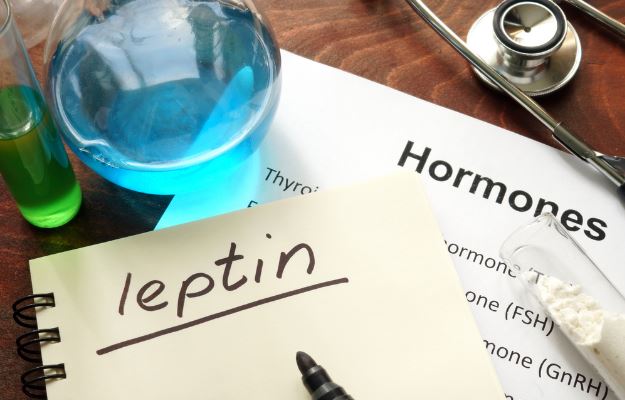Say, you come in contact with a virus—something that could cause an ordinary illness like the common cold. Now whether or not you will get this viral infection will come down to a few things:
- How widely the virus spreads in your body
- How potent it is
- And your body's immune response to it
The process by which a virus spreads inside the human body (viral pathogenesis) is an elaborate one:
- First, the virus needs to enter the body through specific points (for example, the mucosal linings of the nose, throat or eyes)
- Second, it needs to attach itself to specific cellular receptors of the human body
- Third, it takes over the resources of the host cell to replicate or multiply into the system to cause disease.
When the virus moves from one infected cell to another, from one infected body tissue to another and eventually from an infected person into the surroundings where it may infect another a healthy person, this is known as viral shedding.
There are several ways in which viral shedding can occur. For example, through sneeze or cough droplets (droplet transmission) or the faeces of an infected person viral shedding.
(It's important to remember that viral shedding by itself does not always lead to new infections—there has to be enough virus present (viral load) in the given sample and the virus will need a viable host nearby. For example, we know that people with polio continue to shed the poliovirus in their poo throughout their lives. But this usually doesn't cause fresh infections, because India has eradicated this disease.)
Viral shedding in the context of COVID-19
COVID-19 is a respiratory infection that has spread throughout the world. In just over six months, it has affected more than 13.5 million individuals and killed over 584,000 of them globally. Naturally, this has put a spotlight on the infectious nature of the SARS-CoV-2 virus, the pathogen responsible for this new coronavirus infection.
The rate at which COVID-19 has spread to all parts of the world is an example of how effectively the SARS-CoV-2 virus has jumped from one host body to another—it is also proof that different strategies to limit the spread of the disease either came too late or weren't effective enough to be successful yet.
Researchers studying this phenomenon to understand the infectious nature of COVID-19 believe that it is during viral shedding that the symptoms begin to worsen, and the disease is in its most contagious form. However, research also indicates that people can be infectious even when symptoms haven’t developed in the early stages of contracting the disease.


























